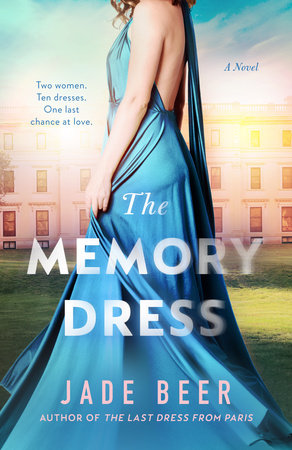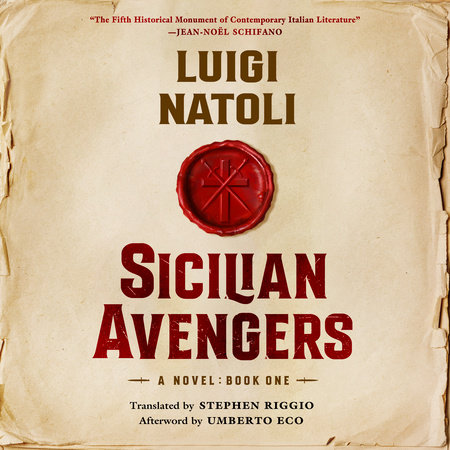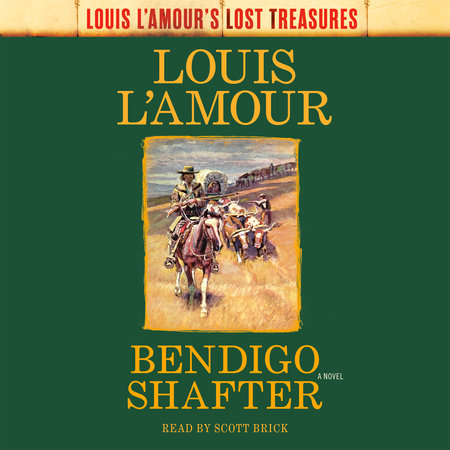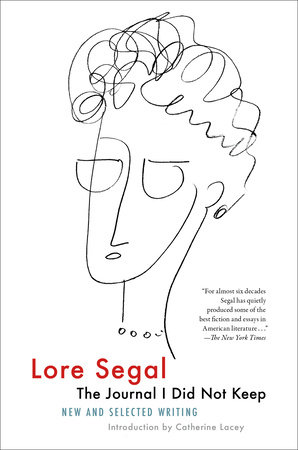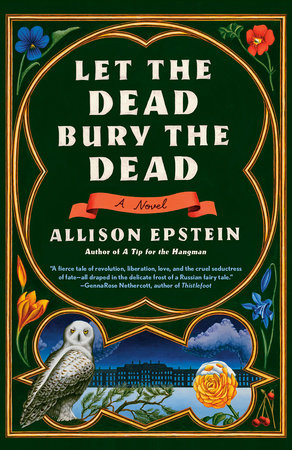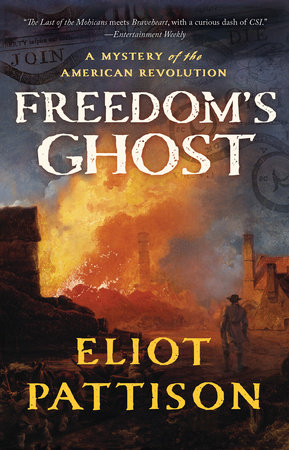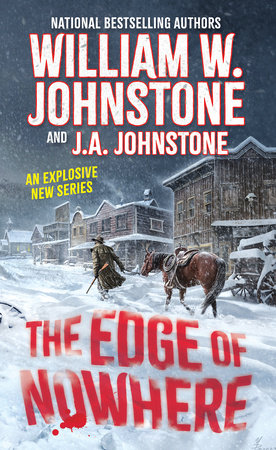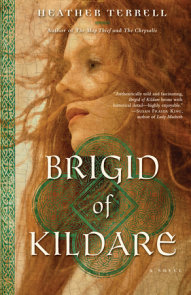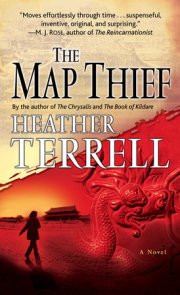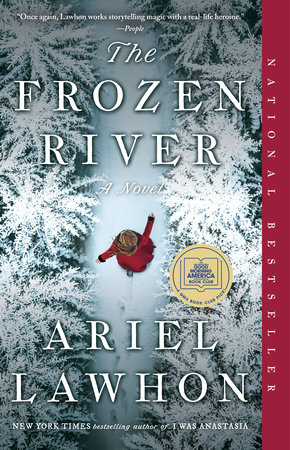Author Q&A
Interview with Heather Terrell, author of The Chrysalis
Question: The path taken by the painting that gives your novel its title is a circuitous and even tortured one, and the same is often true of the paths that bring first-time novelists into print. Tell us about yours.
Heather Terrell: I began writing The Chrysalis more than ten years ago, while working as a lawyer at a large New York City law firm. Because my hours were long and intense, I had to squeeze in the writing and research an hour or two at a time over a long period. Then I had to stitch those discordant bits and pieces together into a novel.
Q: I’m sure that wasn’t the end of the story. . . .
HT: Though it took me many, many years to finish The Chrysalis, I was very fortunate that my agent was willing to take me on as a client fairly soon after I completed the manuscript. She and I worked on the draft for quite a few months, and then she submitted it to a handful of publishing houses. Within several weeks, I received the wonderful news that Ballantine was interested.
Q: Did your training as a lawyer come in handy while writing the novel? Were there times when it got in the way?
HT: My legal training was indispensable as I delved into the case law and legal issues surrounding stolen artwork–in particular, the artwork looted by the Nazis during World War II–upon which I based the plot. That same education proved an impediment as I attempted to achieve the proper historical setting and tone for the seventeenth-century Dutch and World War II story lines. Law school and lawyering itself trains you to focus on every last detail, so not getting lost in the historical minutiae was a challenge.
Q: I worked at many law firms after I first moved to New York, and over the years I began to feel that a lot of lawyers have writers inside them, aching to get out. What is it about lawyering and fiction writing that coincides so strongly?
HT: Legal issues often present moral quandaries for the parties and the lawyers. This provides riveting material for fiction, particularly when the inherently dramatic courtroom setting forms the backdrop.
Q: Your novel features three interwoven story lines set respectively in the present day, in 1943, and in the mid-1600s. The past sections are written in the present tense, while the present-day section is written in the past tense; this seems counter intuitive at first. Why not use the past tense for the past and the present tense for the present?
HT: I decided to use the present tense for the past scenes in two primary reasons. First, I wanted the historical sections to feel timeless, and to me, the present tense conveyed that better. Second, I am intrigued by the idea that history and art resonate in our everyday lives, in ways of which we may be unaware, and it seemed as though the present tense could bring the historical scenes forward in time to further that concept.
Q: Is Johannes Miereveld a composite figure? What went into your literary portrait of this fictional artist, and what led you to set this part of the novel in seventeenth-century Holland?
HT: Johannes Miereveld is a fictional character, though my reading on the education, painting techniques, marketing and selling practices, and living habits of seventeenth-century Dutch painters in general lent elements to his character and life. Certainly the biographical details of the incomparable Johannes Vermeer were of particular interest given his Catholicism, though it impacted him very differently than it impacted my fictional Miereveld. The decision to set this story line in seventeenth-century Holland derived mainly from my reverence for the artwork of that time period: the quality of the light, the near-photographic attention to detail, and, most of all, the layers of symbols. I was captivated by the idea that the painting’s symbolism would determine its ultimate destiny, and the iconography of the Dutch paintings–with the hidden stories beneath the deceptively simple scenes–seemed perfect.
Q: What about the painting itself, The Chrysalis? You describe its details with such feeling and specificity that it’s hard to believe it doesn’t really exist.
HT: I wish the painting existed! I needed a painting with multifaceted symbolism–of a personal nature and a religious one as well–to drive the plot and move the painting through history in a particular way. I looked and looked, but while some paintings had relevant elements or symbols, no existing painting told each of the stories I hoped to share. So I had to create The Chrysalis.
Q: Are you a painter yourself?
HT: No, I have never done any painting myself. Obviously, I’m in awe of those artistic skills.
Q: What kind of surprises did you encounter in your research into the trade in artwork stolen by the Nazis? Is the fictional situation of Hilda Baum an unusual one?
HT: I was surprised by the frequency with which Hilda Baum’s situation occurred. The Nazi machine targeted the art collections of many families, leaving survivors to track down and recover the looted artwork on their own with limited means and resources. Just like Hilda Baum.
Q: In your research, did you get the sense that the art world today is doing a better job in policing itself and avoiding the kind of trafficking in stolen art that occurred during and after World War II?
HT: Absolutely. In the years since I started writing The Chrysalis, the issue of plundered artwork during wartime has become headline news, particularly when looted art turned up in the collections of world-class museums. Subsequently, the art world– museums, auction houses, and art-focused organizations, among other institutions–has begun to put protective measures in place to police itself and to better engage in the restitution process regarding questionable artwork already in their collections.
Q: Talk about adding insult to injury: I was shocked to learn that U.S. law makes it so difficult for Holocaust survivors and their families to regain possession of property stolen by the Nazis. How did that come about? And has there been any attempt to change what certainly seems like a grossly unfair law?
HT: Families of Holocaust victims filing civil suits deal with some of the issues faced by Hilda Baum, largely because the pertinent case law did not anticipate the horrors of the Holocaust. As with the art world, however, some courts and legislatures are making efforts to rectify the inequities in the law. That said, I did streamline the issues, fictionalize the legal precedent, and heighten the difference between the relevant American and European law both for dramatic tension and to make the legal questions more interesting and accessible.
Q: First-time novelists often write about themselves and their own lives. Like Mara Coyne, you are an attorney, and like her, you worked for a high-powered New York firm. How much of an alter ego is Mara?
HT: I certainly drew on my experiences as a lawyer to create–hopefully–a realistic world for Mara Coyne to inhabit. Other than that, Mara is a fictional character, though I would hope if I were ever “called to rise” as she is, I would achieve her heights.
Q: At least initially, Mara is faced with a conflict between her moral compass and the letter of the law. Have you faced that kind of conflict in your legal career? How do you deal with it?
HT: Fortunately, I have never faced the kind of moral conflict Mara does. In fact, the idea for The Chrysalis originated from a query about just such an ethical quandary. After a particularly grueling workweek, a close friend and associate asked me: Would you ever decline to represent a client on moral grounds, even though the client had a solid legal basis for the position it wanted to advocate? In the ensuing months, her question stayed with me, until I came upon an article describing the emergence of a few cases in which families of Holocaust victims attempted to recover artwork stolen by the Nazis. After some research, I had an answer: If I was asked to represent a client in its efforts to keep artwork from a Holocaust victim’s heirs, I hoped I would decline, even if precedent supported the client’s arguments.
Q: Do you plan to maintain dual careers, as a writer and a lawyer?
HT: I am currently taking a break from practicing law to focus on my next book. I’ve always been fascinated with history, art history and archaeology, and I have found it so fulfilling to pair those passions with the law through writing. One day, though, I might return to the practice of law.
Q: In your author’s note, you drop a few clues about your next book. Could you elaborate a little on what you’re working on?
HT: Yes. A world map is uncovered, then promptly stolen, from an archaeological site outside of Xi’an, China, and Mara Coyne is hired to find it. The archaeologist claims that he unearthed a fifteenth-century Chinese map memorializing the voyage of Ming dynasty admiral Zheng He–in which he circumnavigated the globe and discovered America in the 1420s, seventy years before Christopher Columbus. The search for the map puts Mara in an ideological, legal, and political race–between the Chinese, who want to use the map for their agenda, and the Americans and Europeans, who fear the ramifications of the revision of history. Woven into Mara’s story is the tale of the gifted mapmaker who accompanied Zheng He on the voyage and created the map. The fleet returned to China to find the Emperor dead and the country turned inward, with all records of naval journeys ordered destroyed. The novel also includes the narrative of the Portuguese mapmaker who accompanied Vasco da Gama on his famous journey around the tip of Africa to India and who may–or may not–have had information about the Chinese discoveries as his guide.



